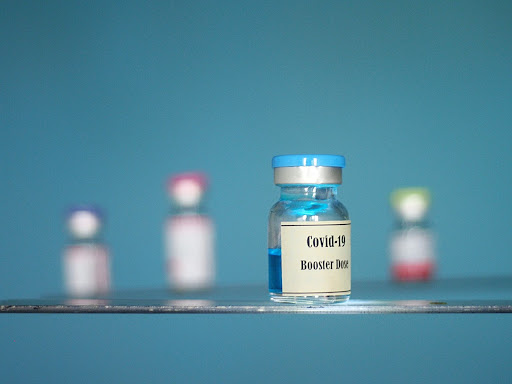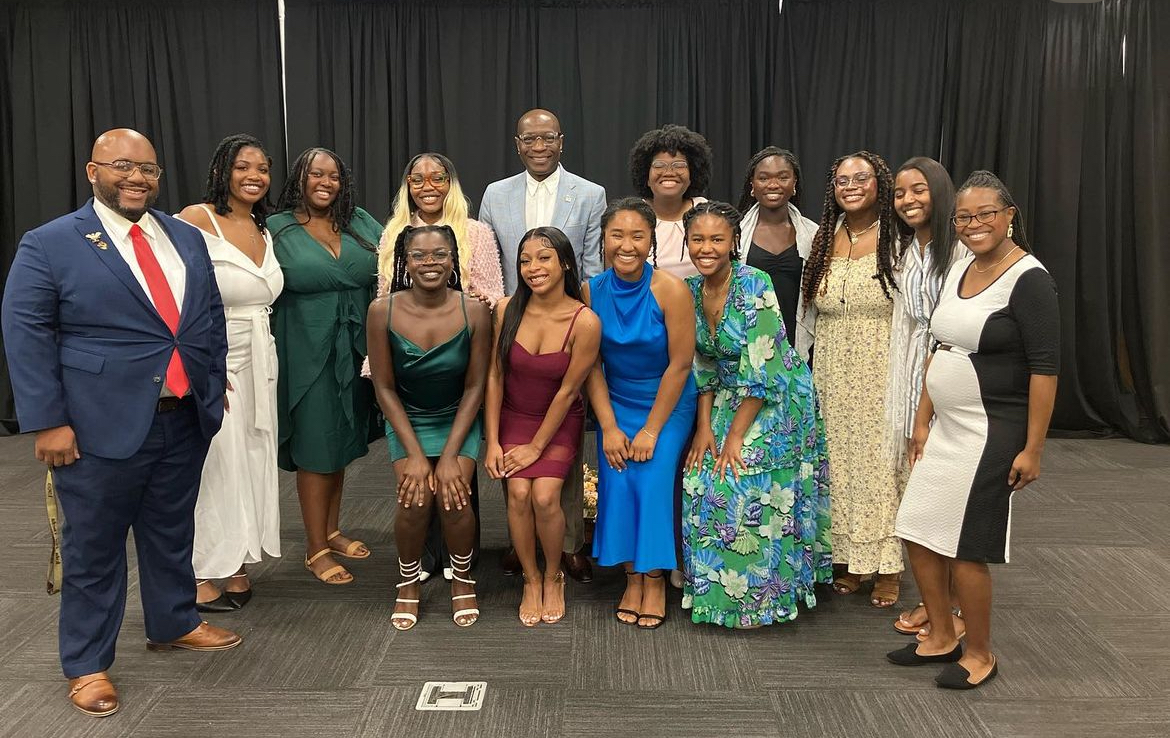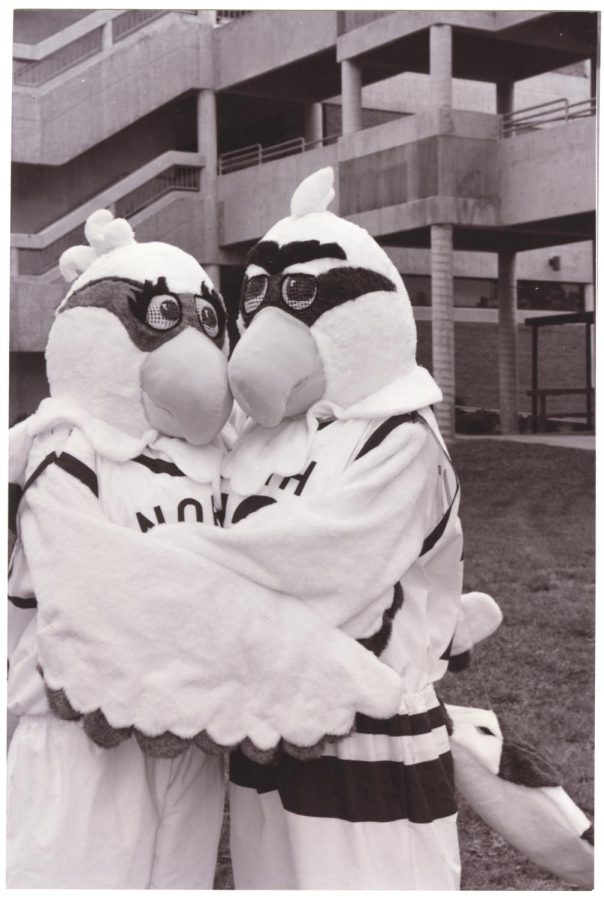Little displays of death – Frances Glessner Lee took forensic science and criminal investigations to new heights by recreating violent crime scenes. She recreated them with the tiniest of details at a dollhouse-sized scale. Not only that, but she also became the first female police captain in the U.S.

Frances “Fanny” Glessner Lee (1878-1962), who became known as the “godmother of forensic science,” was born into a wealthy Chicago family and became the heiress to a vast fortune. Lee and her brother had been educated at home by tutors. Lee later aspired to study medicine. Lee’s brother went off to study at Harvard, however, Lee’s father didn’t allow her to further her own studies. “A lady doesn’t go to school,” he’d say to her.
When Lee was 19 years old, she married a lawyer and they had three children together, but they eventually divorced. During the 1930s, divorced and in her 50s, Lee inherited her family’s fortune.
As a young woman, Lee enjoyed Sherlock Holmes stories. But it was her brother’s classmate at Harvard, George Burgess Magrath, that truly sparked Lee’s interest in investigating crime scenes and forensics. Magrath was studying medicine and told Lee stories of real-life crimes that he assisted in solving. This set off Lee’s fascination with forensic medicine/science. Magrath later became a professor in pathology at Harvard Medical School and a chief medical examiner in Boston.
According to Death in Diorama – a Frances Glessner Lee biography, “Through her friendship with Magrath, she learned the challenges of investigating violent deaths. Coroners were not required to have medical degrees and the police were not trained in how to gather and preserve medical evidence. As such, many murderers went free because of ignorance and poor training.”
Lee then decided to follow her newfound passion – forensic investigations. In 1931, Lee donated $250,000 to create the country’s first Department of Legal Medicine at Harvard with George Magrath as its chair.
Because the forensic field was dominated by men during this time, Lee had to find a way to stand out amongst them and squeeze her way into the small field. A morbid curiosity grew inside her mind – crafting tiny replicas of real crime scenes in order to help detectives examine clues in cases of horrific, unexplained deaths.
Lee knew how to build dollhouses. Miniature model making was a popular hobby for wealthy women. So, Lee took what she knew and got to work.
Throughout the 1930s and 40s, Lee used actual police cases and reconstructed the grisly crime scenes in miniature models. The details in Lee’s work were remarkable – everything from the position of the rotting bodies to deep red blood spatter on the patterned wallpaper.
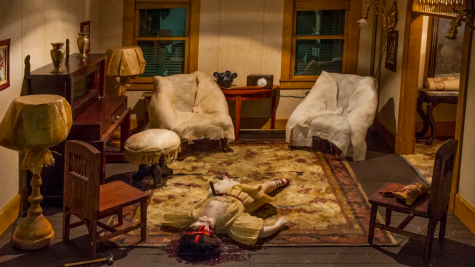
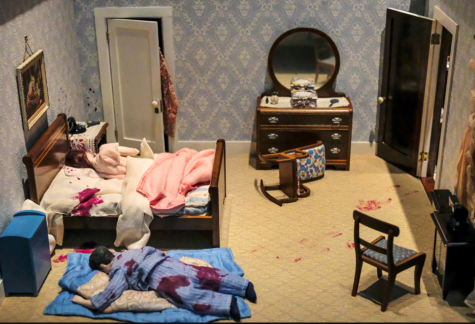
The series of dioramas are known as The Nutshell Studies of Unexplained Death, and Lee created a total of 19 ‘Nutshells.’ The Nutshells were used to train homicide investigators to “convict the guilty, clear the innocent, and find the truth in a nutshell.”
Lee began working with the New Hampshire State Police. In 1943, she was appointed captain, becoming the first female in the U.S. to hold such a position.
Through the models Lee made, which were donated to Harvard in 1945, students there were able to learn how to effectively canvass crime scenes in order to discover and analyze evidence. Through their findings, they could work to determine if the scene was a murder, suicide, death by natural cause, or accident.
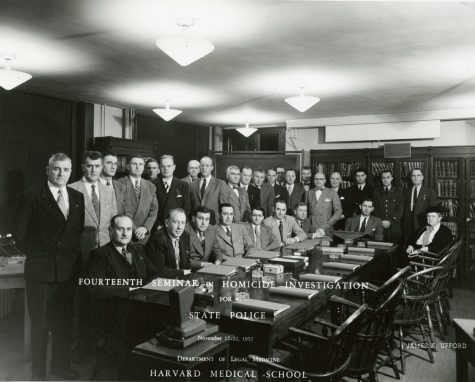
Lee passed away in 1962 at 84 years old. A few years after her death, Harvard’s department of legal medicine was dissolved and Lee’s dioramas were then transferred to the Maryland Office of the Chief Medical Examiner. There, the dioramas live and continue to be used as training tools used in forensic seminars.
The Nutshell Studies of Unexplained Death inspired TV shows including “CSI: Crime Scene Investigation.” Lee’s Nutshells were an exhibition, titled ‘Murder Is Her Hobby,’ at the Renwick Gallery of the Smithsonian American Art Museum for three months in 2018. The dioramas brought in more than 100,000 visitors.
Lee’s legacy continues to live on to this day.
________
For more information or news tips, or if you see an error in this story or have any compliments or concerns, contact editor@unfspinnaker.com







